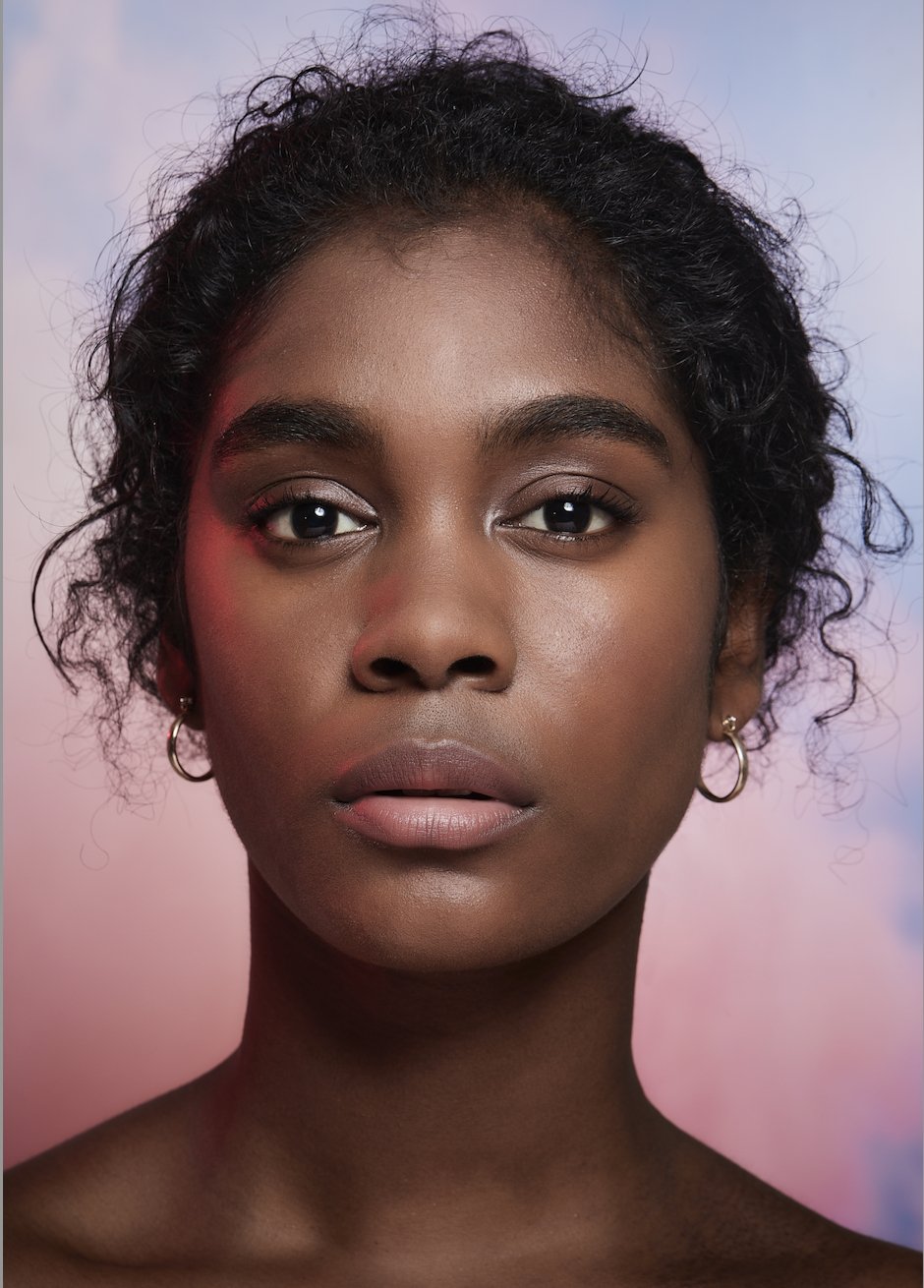Research shows that a person’s skin phototype has a big role to play in deciding what their skincare routine should be.
Thinking beyond skin type.
We’ve all taken many quizzes, on and off the internet, in our never-ending struggle to determine our exact skin type and products that complement it. Normal, dry, combination, oily, sensitive. These are the few boxes our skin, the largest organ in the human body, is forced to fit into. In reality, most of these are relative terms (“normal,” as opposed to what?) and science doesn’t have an objective one-size-fits-all definition for any of these.
Your genetic background plays a role in what your skin needs.
A person’s genetic makeup and geographic roots play a huge role in determining the characteristics of the way their bodies work. We know how our body develops genetic resistances to diseases peculiar to its immediate surroundings; our skin is no different. Where we are from, and how our skin reacts to climate, actually impacts how we experience skin conditions. Dry skin, hyperpigmentation, or oily skin will never have the same implications or intensity for Caucasian skin as they would for darker skin tones. So, when it comes to an effective skincare routine, one size really could never fit all!
The need for customised skincare routines.
The generalised skincare industry has been, for too many years, based on the mechanistic concept of human physiology, but latest research shows the limits of genetic determinism. Newer sciences like epigenetics, genomics, and proteomics tell us that we are in permanent variation. Which means that even if a person’s DNA is an important determinant of a person’s characteristics (including skin type), it is not the king. Components of the body and the immediate environment have an equally significant role in determining a person’s characteristics. This calls for a complete personalisation of medicines and skincare routines.
We know about skin types but, what is a skin phototype?
In 1975, the Harvard Medical School dermatologist Thomas Fitzpatrick focused his research on the ways in which skin reacts to sunlight and concluded that the skin’s melanin content forms the basis of its needs, pain points, and general health. Fair skin tones constitute the lower phototypes—1, 2, and 3. These have a propensity to burn, rather than tan, when exposed to the sun. Skin belonging to the higher phototypes—4, 5, and 6; aka melanin-rich skin have higher melanin content and tend to tan instead of burning, when exposed to direct sunlight. Higher phototypes have structural and functional differences such as thicker skin, higher lipid content, and are prone to developing a weakened skin barrier and higher chances of flaky skin. A specialised phototype-based skincare regime is, therefore, necessary.
How to build a skincare routine for melanin-rich skin?
Genetically speaking, melanin-rich skin types trace their origin back to hot and humid regions and, naturally enough, find it hard to brace themselves against arid and harsh winter conditions. Are you a person of colour who has hates the way your skin feels during winter? Well, now you know why! Your phototype demands a winter skincare routine that provides extra hydration and moisturising. Skin of higher phototypes is also thicker than that of lower phototypes. Skincare ingredients, therefore, need to be formulated in ways that vectorise them to penetrate more layers to get to the root of the skin problem. On the brighter side, higher phototypes have more robust elastin and collagen, which means you may not need that anti-wrinkling cream Instagram keeps pushing on you, anytime soon.
No need to follow the “normal.”
When we only consider a person’s skin type, we fail to consider genetic specificities, functional and structural differences of the skin, and the ways in which the changing seasons affect our skin. Someone might have extremely dry skin and yet face the onslaught of excessive sebum secretion, acne, and so on. This is why knowing your skin phototype is important. It lets you cut out the generalities while building a routine that works for you. It ensures that you don’t keep wasting money on experimenting with ever-changing beauty trends just to fit into a vague and unscientific ideal of a “normal”.
Consider skin needs over trends.
Your phototype should be one of the key factors in deciding both what skincare ingredients you require and how much of these ingredients should appear in the products you use. Your phototype also helps to determine the ingredients you need to avoid. It’s undoubtedly comforting to follow trends, to try something that works for other people, but like everything else in the world, the skincare industry is working to serve a majority that may not have the same skin problems as you.
Personalised skincare for the best results.
There's a reason why we go to the tailor when we want something unique and flattering. It’s because we all love to wear and use things that are made while keeping us in mind. So, when looking to treat skin conditions that are specific to you, always consider your phototype before concluding your skin care routine. Your skin cannot be forced to fit into boxes.
Ready to start properly caring for your skin? Find your perfect skincare formula now by heading here to customise your products!



Leave a comment